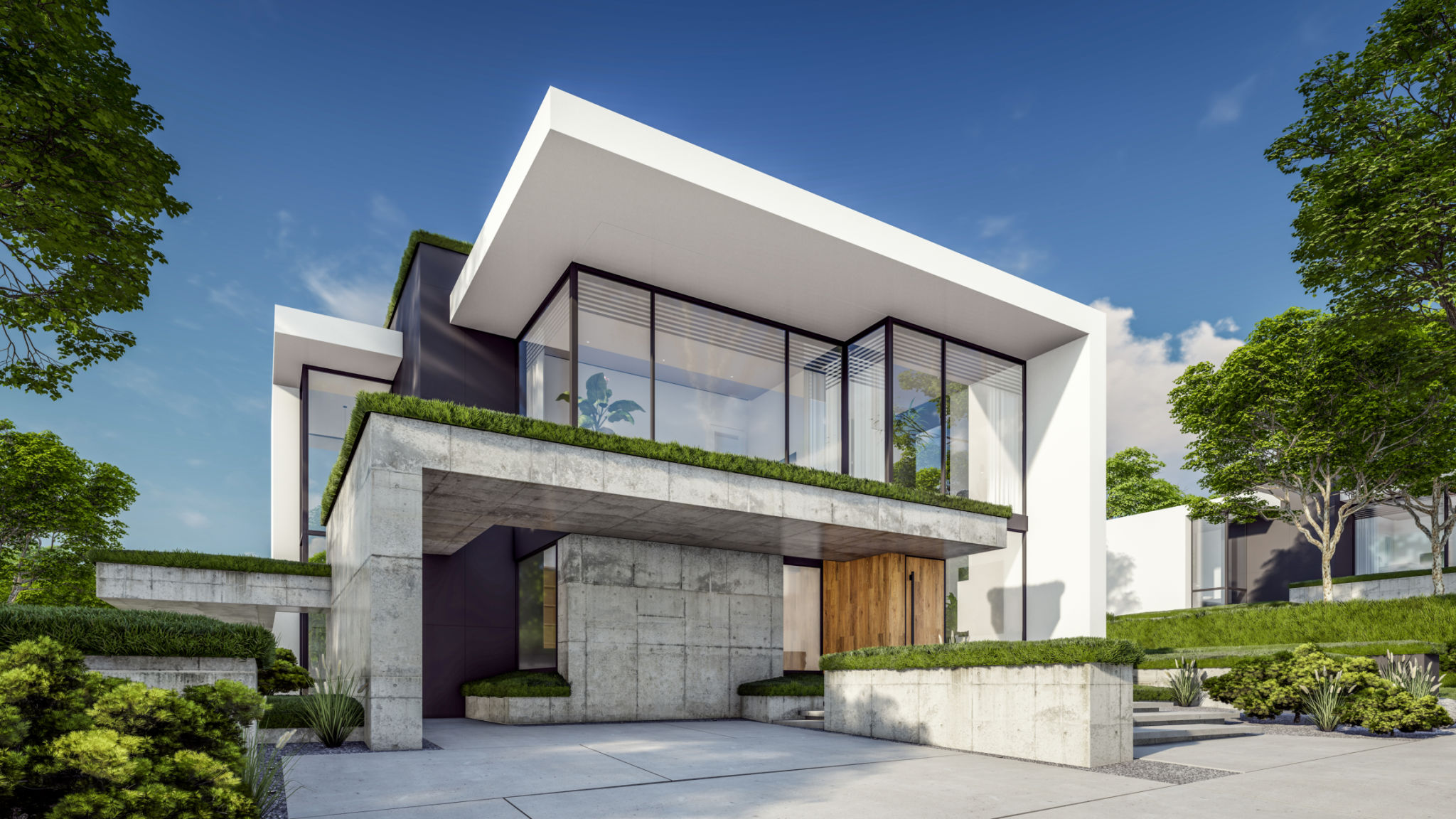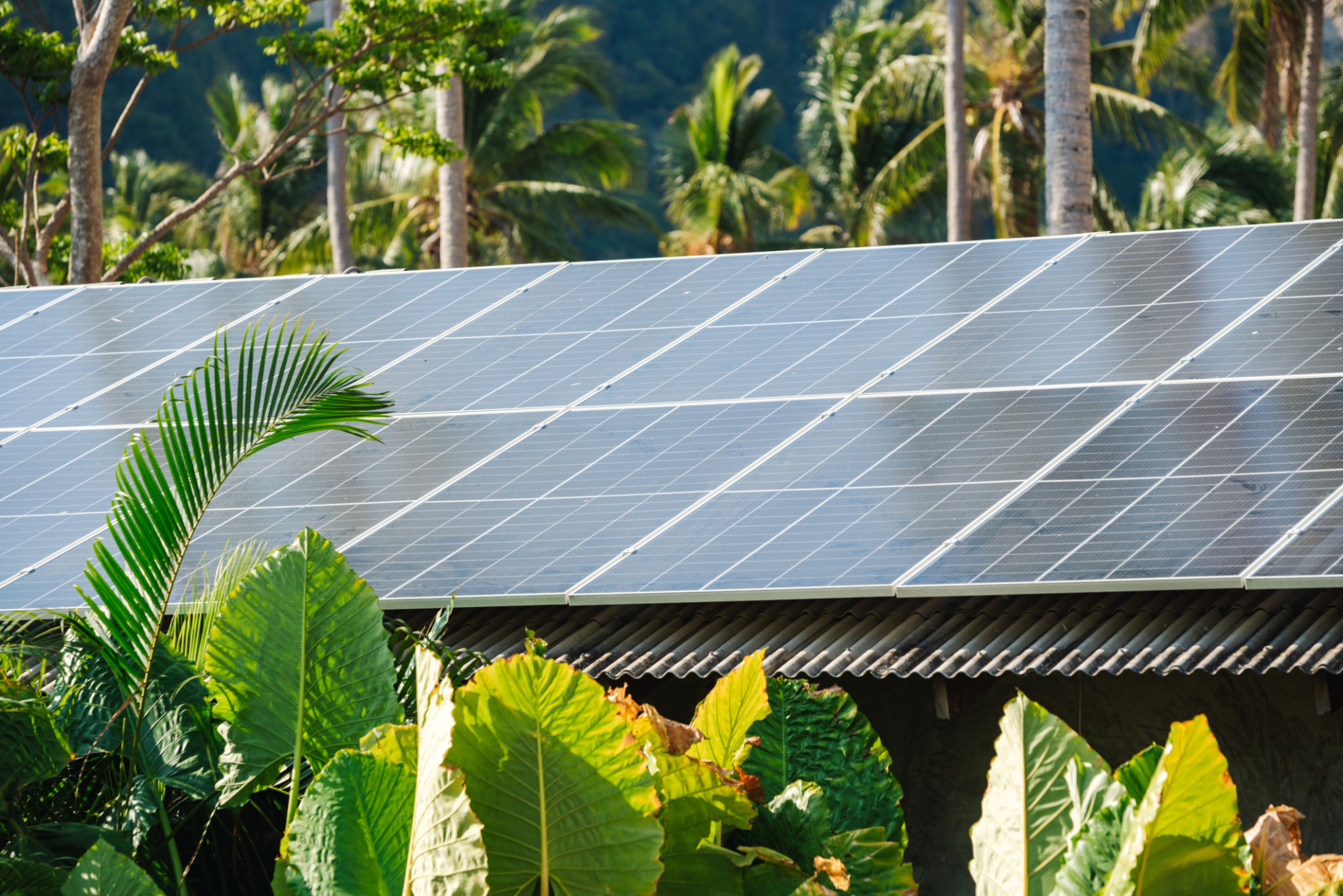Contemporary Building Designs: Innovations for Tropical Environments
AA
Understanding the Challenges of Tropical Environments
Designing buildings for tropical environments presents unique challenges due to the hot and humid climate. Architects and builders must consider factors such as temperature regulation, humidity control, and natural disaster resistance. These elements require innovative solutions that not only address these challenges but also enhance the livability and sustainability of the structures.
One of the primary concerns in tropical building design is managing heat. This involves creating spaces that remain cool without excessive reliance on air conditioning, which can be both costly and environmentally detrimental. As such, contemporary designs are increasingly focusing on passive cooling techniques that utilize natural ventilation and shading.

Innovative Materials and Techniques
In recent years, there has been a growing trend towards using locally sourced materials that are well-suited to the tropical climate. These materials often have natural properties that aid in temperature regulation and moisture management. For instance, traditional materials like bamboo and clay are seeing a resurgence in contemporary designs due to their durability and sustainability.
Additionally, new building technologies are being developed to improve energy efficiency and resilience. These include advanced insulation materials, reflective roofing, and high-performance glazing that can reduce heat gain while maximizing natural light. Such innovations not only improve comfort but also significantly reduce a building's environmental footprint.

Designing with Nature
One of the most exciting trends in contemporary building design is the integration of nature into architectural plans. This biophilic approach enhances the connection between indoor and outdoor spaces and promotes natural airflow. By incorporating elements like green roofs, vertical gardens, and open courtyards, architects are creating environments that are both aesthetically pleasing and functional.
These natural features not only help cool the building but also contribute to improved air quality and biodiversity. Plants can act as natural insulators, reducing the need for artificial cooling and providing habitats for local wildlife. This harmonious relationship with nature is a cornerstone of sustainable tropical architecture.
Sustainable Energy Solutions
To meet energy demands while minimizing environmental impact, contemporary designs are increasingly incorporating renewable energy solutions. Solar panels are a popular choice in sunny tropical regions, allowing buildings to generate their own electricity. Furthermore, innovations in battery storage technology have made it easier to store energy for use during non-sunny periods.

Wind energy is another viable option in areas where sea breezes are common. By strategically placing turbines, buildings can harness wind power to supplement their energy needs. The combination of solar and wind energy can significantly reduce reliance on fossil fuels and lower overall carbon emissions.
The Role of Smart Technology
Smart technology is playing a crucial role in contemporary building designs for tropical environments. Automated systems can monitor temperature, humidity, and energy usage, optimizing them in real time for maximum efficiency. Smart thermostats, for example, adjust cooling settings based on occupancy and weather conditions, ensuring comfort while reducing wasted energy.
Moreover, smart lighting systems that utilize motion sensors and daylight harvesting can further reduce energy consumption by ensuring lights are only used when necessary. These technologies not only enhance the livability of buildings but also contribute to their sustainability goals.

Community-Centric Designs
Incorporating community-centric elements into building designs is becoming increasingly important in tropical environments. These designs focus on creating shared spaces that foster social interaction and community engagement. Open courtyards, communal gardens, and multi-purpose halls are some of the features that reflect this approach.
Community-centric designs not only improve the quality of life for residents but also encourage sustainable practices through shared resources and communal activities. This approach emphasizes the importance of social sustainability alongside environmental considerations in modern architecture.
Conclusion: A Future-Forward Approach
The innovations in contemporary building designs for tropical environments demonstrate a forward-thinking approach that balances aesthetic appeal with functionality and sustainability. By addressing the unique challenges posed by tropical climates through creative solutions and cutting-edge technology, architects and builders are paving the way for resilient, eco-friendly structures that enhance both human comfort and environmental health.
As these trends continue to evolve, they hold great promise for shaping the future of architecture in tropical regions, offering models that can be adapted globally to meet diverse environmental challenges.
